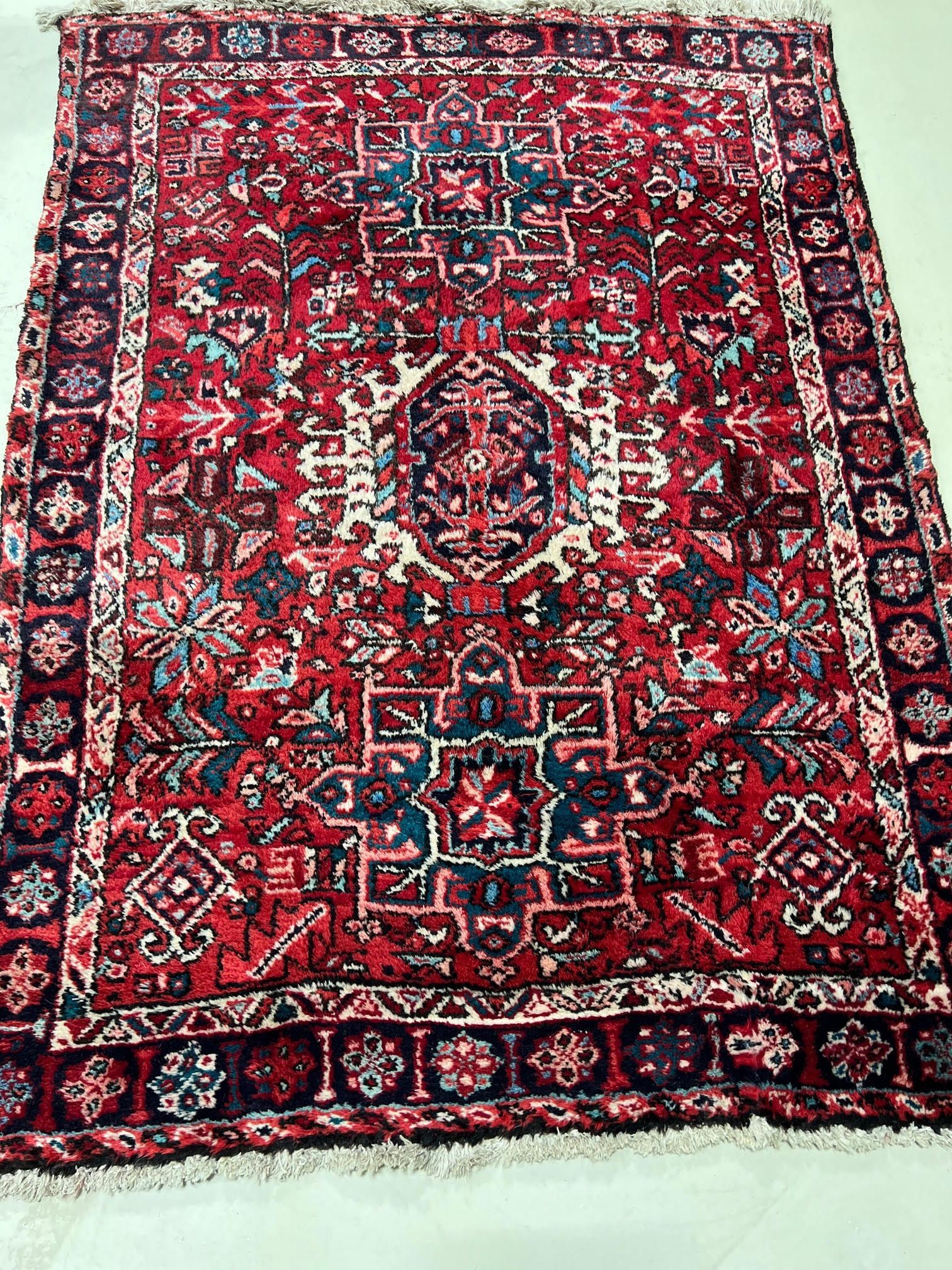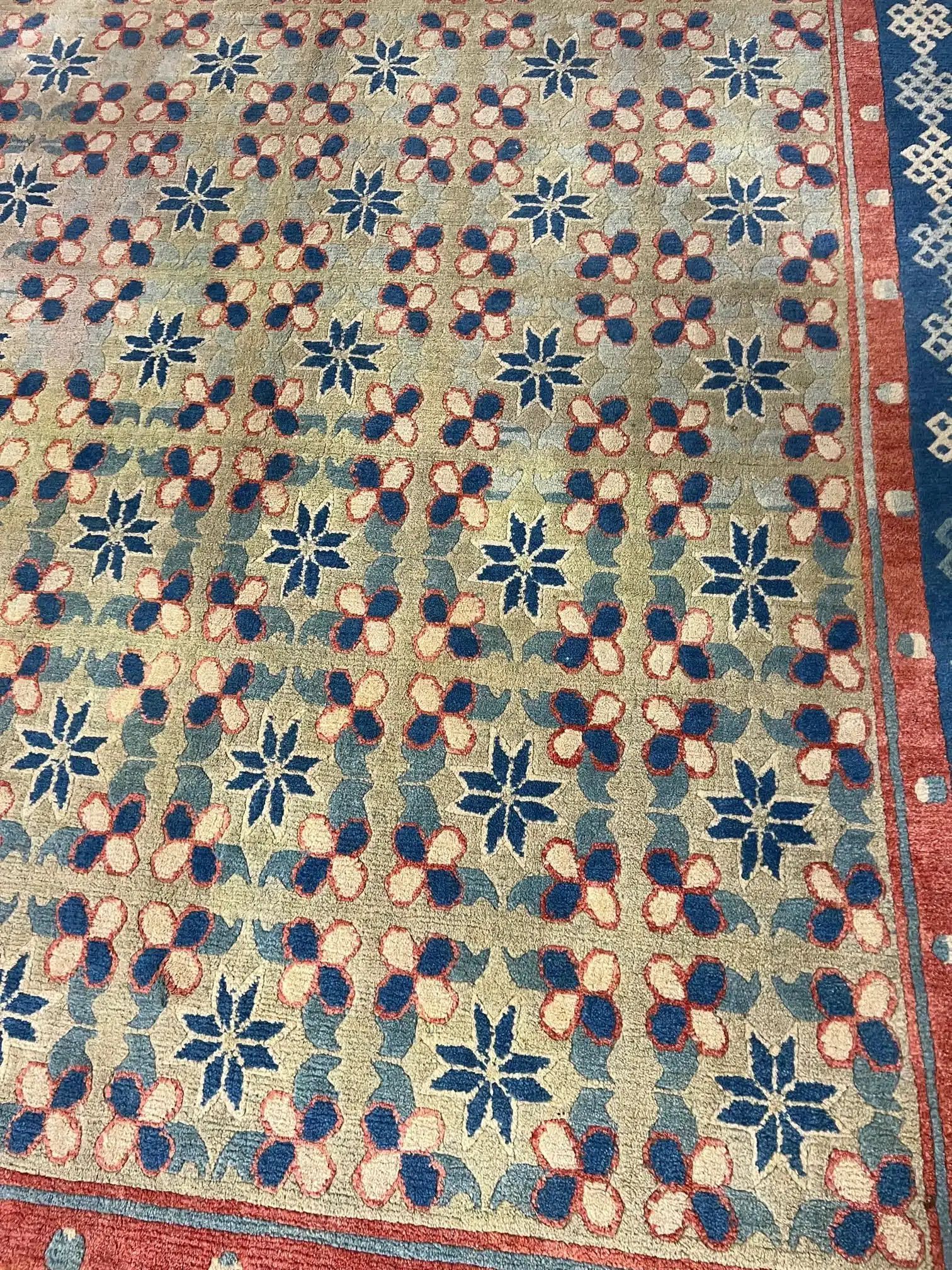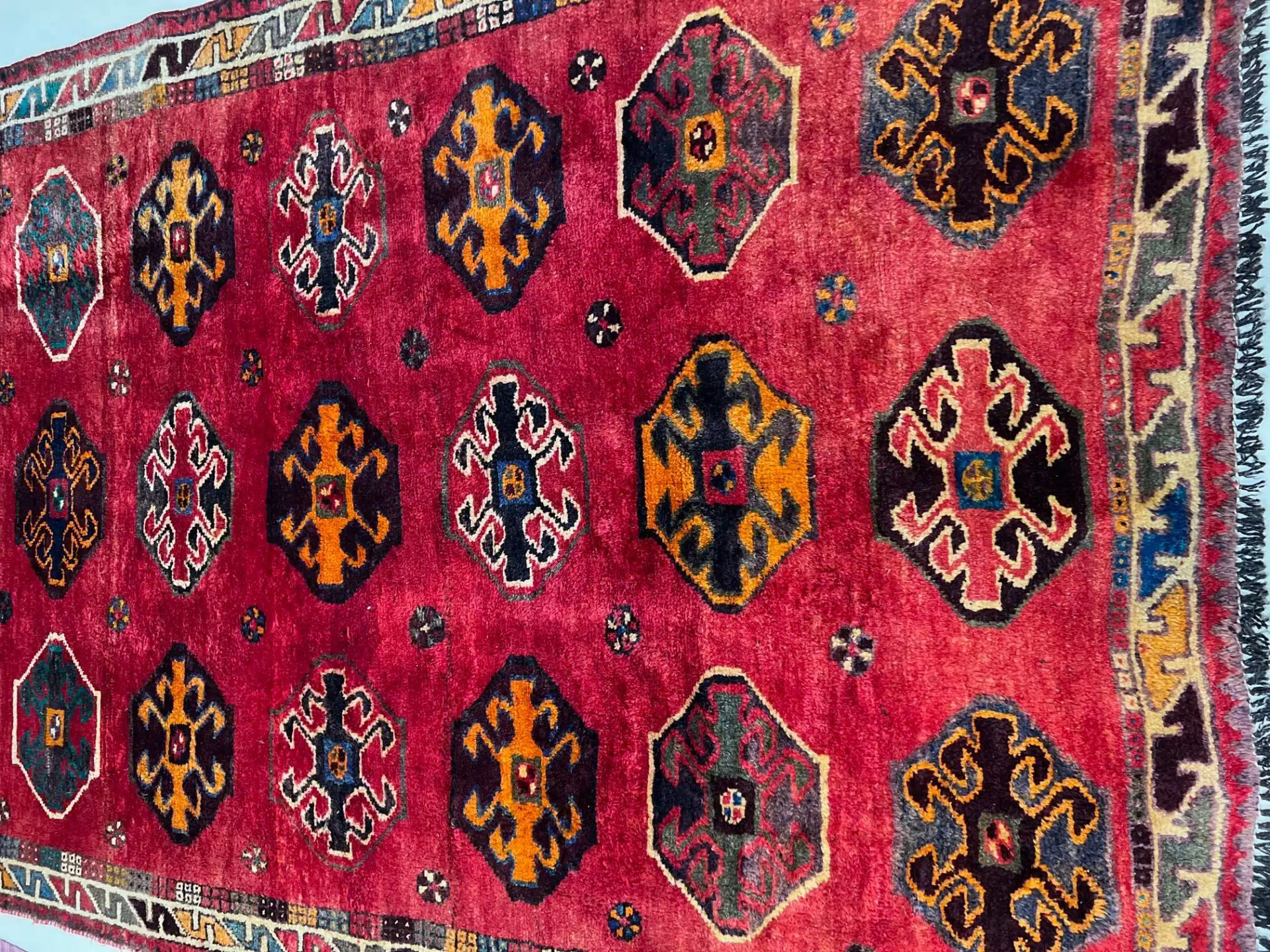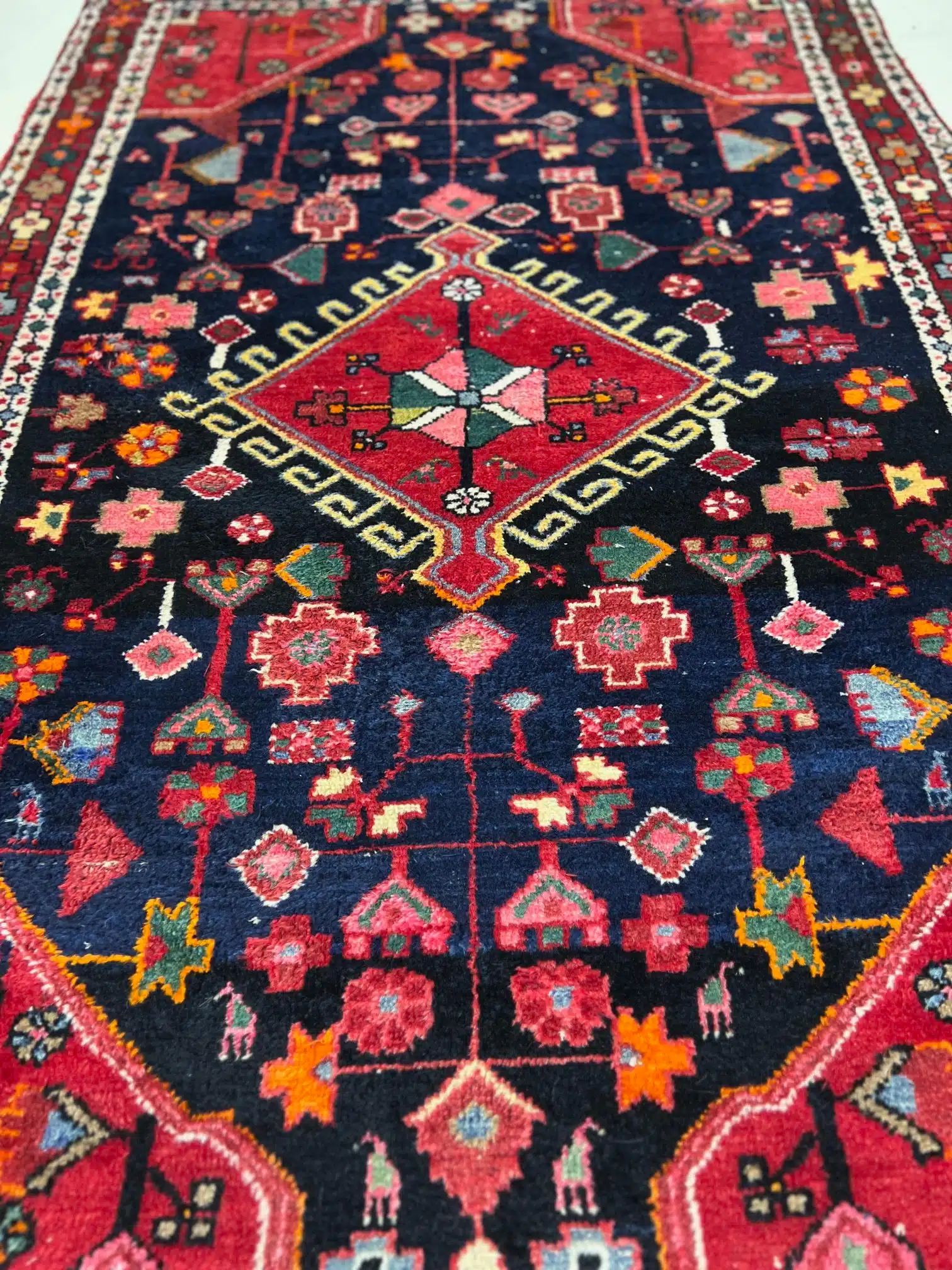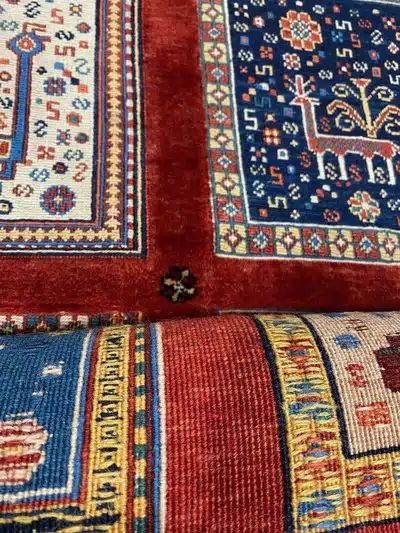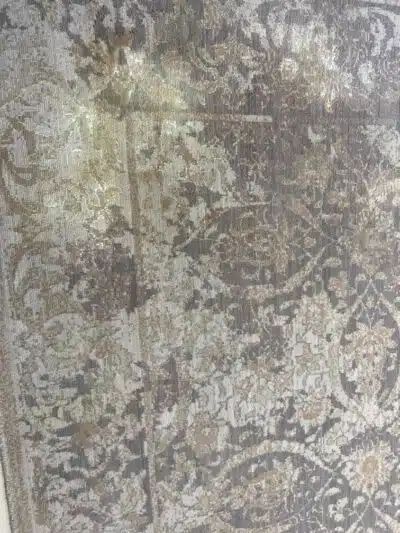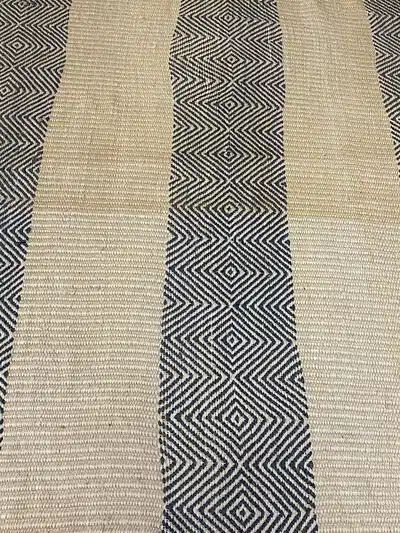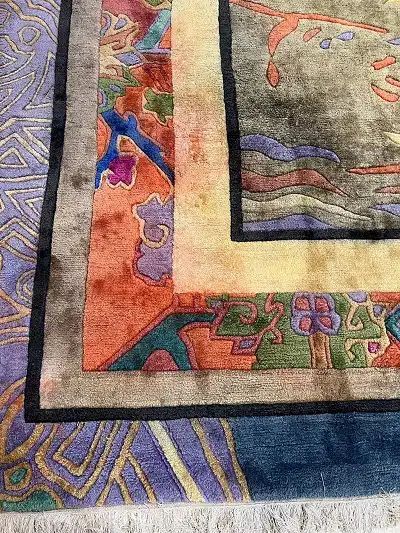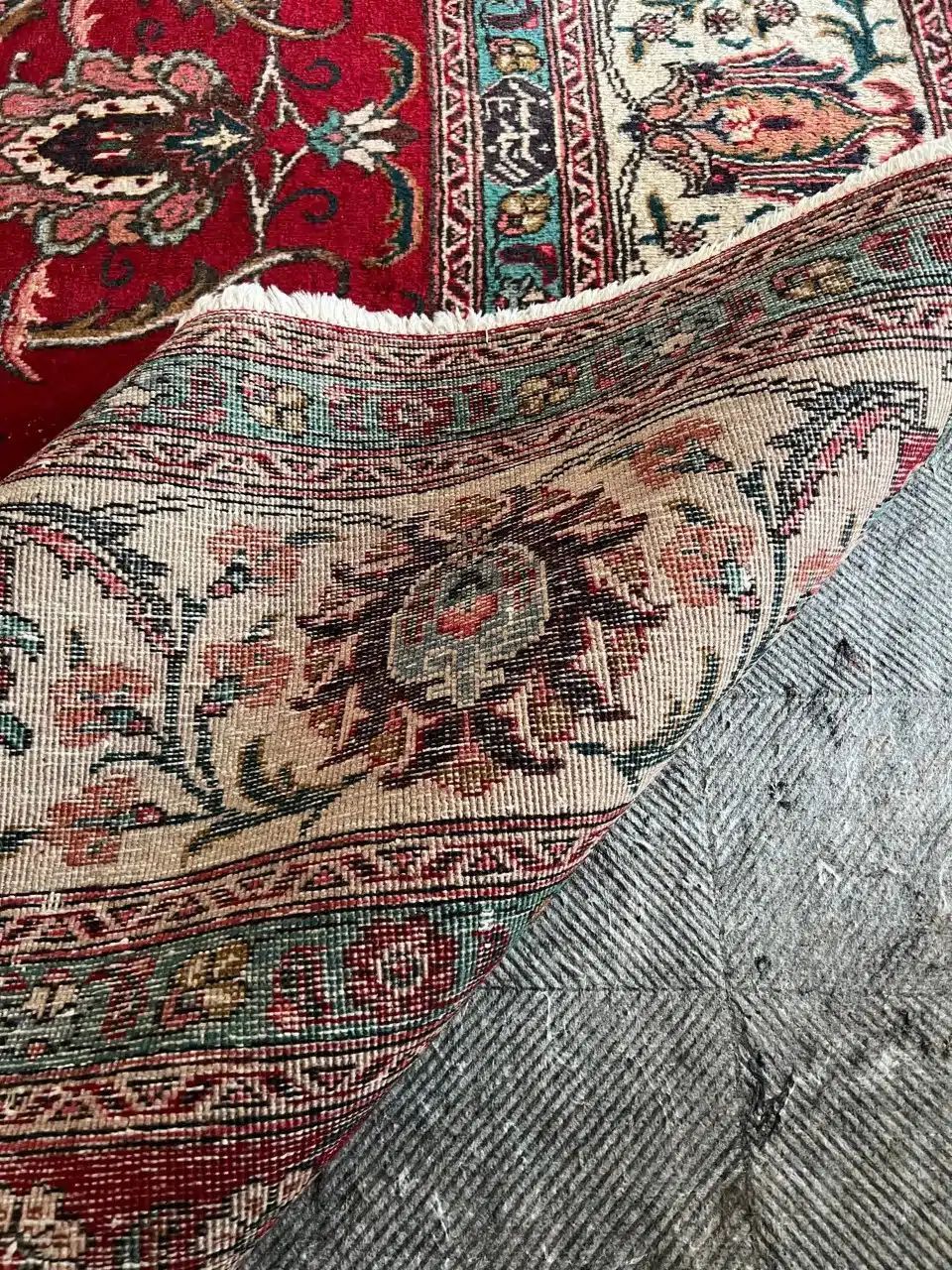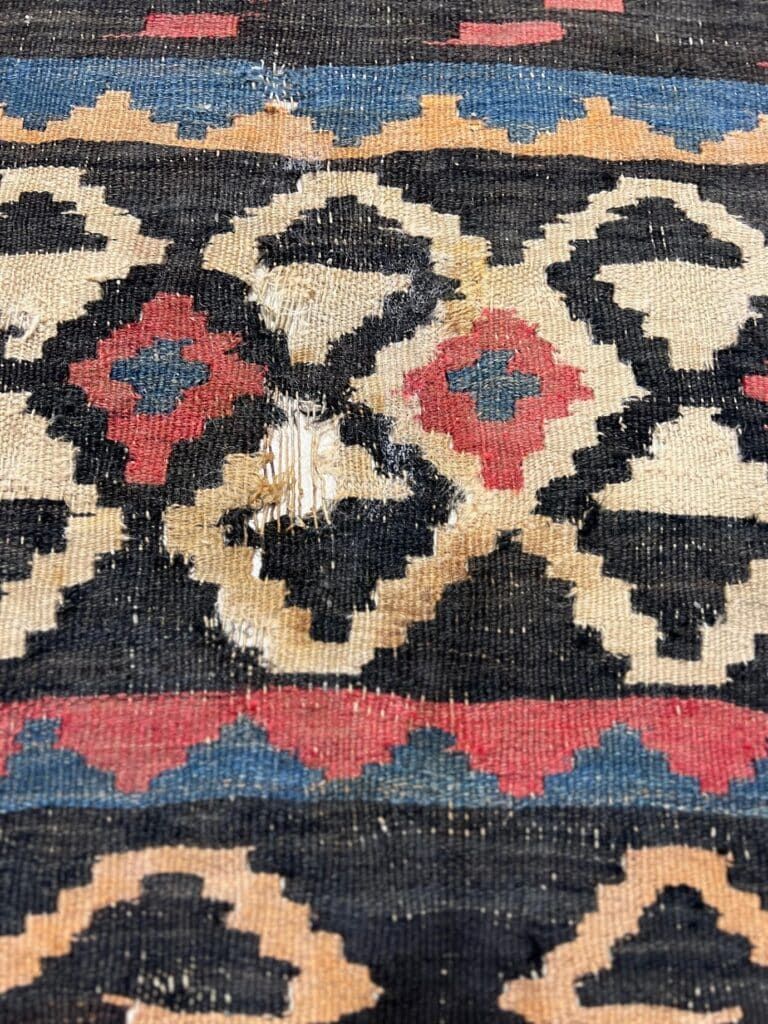Persian Rug History
The Persian rug is more than a home decor item; it’s a symbolic piece that holds a great deal of history.
With their vibrant dyes, intricate patterns and detailed artistry, Persian rugs adorn households, fashion runways, event spaces and museums. They represent luxury as well as folk culture.
What Does a Persian Rug Symbolize?
People love Persian rugs for their beauty, softness, high quality and investment value. But many aren’t familiar with the long line of tradition and heritage that is woven into these pieces.
When Was the Persian Rug Invented?
Although the oldest pile-woven carpet dates back to the fifth century B.C., it was not discovered until 1949.
Known as the Pazyryk carpet, the piece was found in a Scynthian burial mound in the Siberian Altai Mountains.
Who Created Persian Rugs?
It’s difficult to pinpoint the exact origins of the Pazyryk carpet. Many experts credit the Persians for creating the rug. The style of the design mimics the Sculptures of Persepolis from Iran. But some experts believe that the rug has Turkic or Armenian origins.
While it is the oldest known carpet in existence, it’s not the oldest rug that humans designed. The intricate design and meticulous craftsmanship demonstrate long-standing technical skill and advanced techniques.
Persian Rug Cleaning
Rugs may have been around for centuries. However, they are difficult artifacts to preserve. The material makes them susceptible to damage from moisture and pests, and many have been lost to decay.
For this reason, it’s imperative that you trust your beautiful Persian rugs with only the best fine Persian rug cleaning experts.
Perhaps the most notable element of the Pazyryk carpet is how ornamental it was. Its complex design indicates that it was used for more than practical purposes.
Regardless of the history of your rug, you should follow correct care and Oriental rug cleaning methods. Even if you have a contemporary rug, it holds elaborate tales of a rich history.
–Written by, Tim Petzold , Owner and Founder of Aegis Fine Rug Cleaning
The post Persian Rug History appeared first on The Austin Rug Cleaner.
